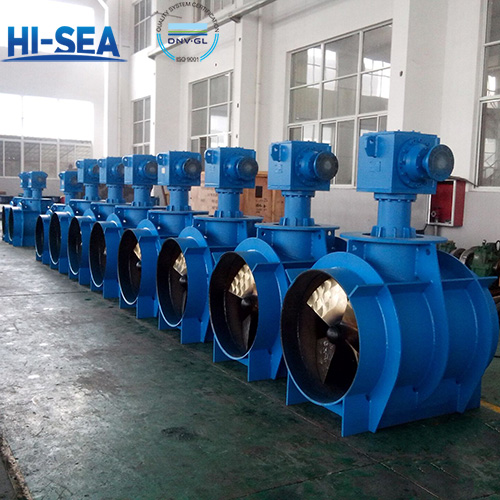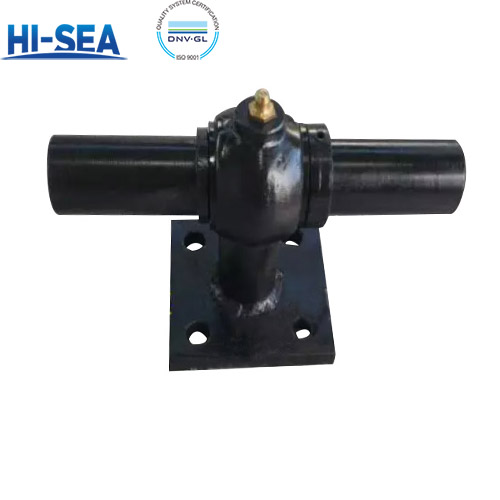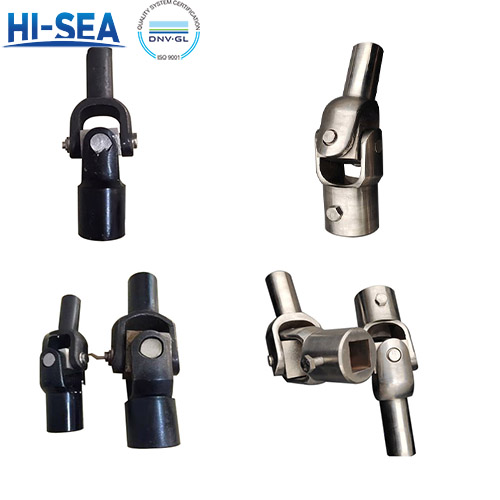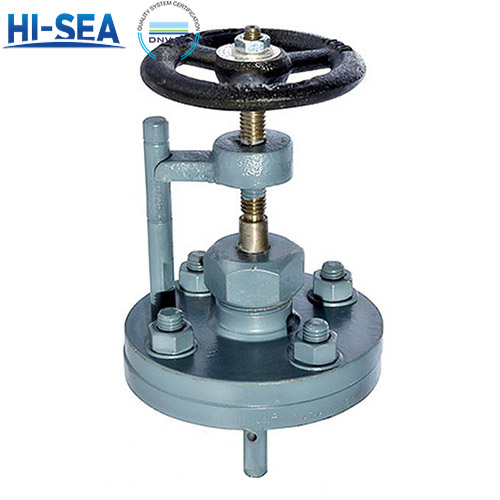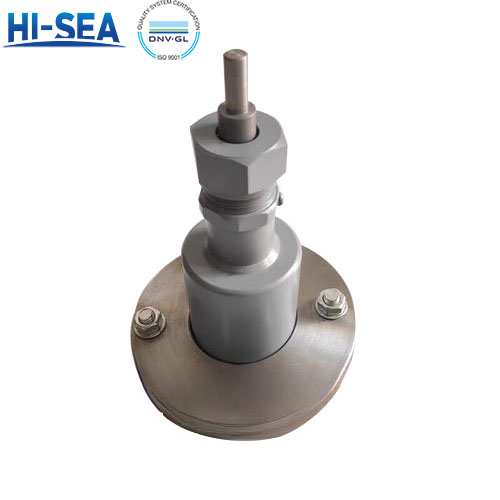
What is the tunnel thruster?
Large vessels usually have one or more tunnel thrusters built into the bow, below the waterline. An impeller in the tunnel can create thrust in either direction that makes the ship turn. Most tunnel thrusters are driven by electric motors, but some are hydraulically powered. These bow thrusters, also known as tunnel thrusters, may allow the ship to dock without the assistance of tugboats, saving the costs of such service. Ships equipped with tunnel thrusters typically have a sign marked above the waterline over each thruster on both sides.
Tunnel thrusters increase the vessel's resistance to forward motion through the water, but this can be mitigated through proper fairing aft of the tunnel aperture. Ship operators should take care to prevent fouling of the tunnel and impeller, either through use of a protective grate or by cleaning. During vessel design, it is important to determine whether tunnel emergence above the water surface is commonplace in heavy seas. Tunnel emergence hurts thruster performance, and may damage the thruster and the hull around it.
Overview
A tunnel thruster, also known as a transverse thruster, is a type of bow thruster installed in a tunnel through the ship's hull, usually near the bow. This device helps improve the vessel's maneuverability, especially when docking, undocking, or making slow-speed maneuvers.
Key Features and Functions of Tunnel Thrusters
Transverse Propulsion: The tunnel runs horizontally through the hull, typically perpendicular to the ship's centerline. The thruster generates lateral thrust by pushing water from one side of the hull to the other.
Location: Tunnel thrusters are commonly installed in the bow (forward part) of the ship but can also be placed at the stern (aft) for additional maneuverability.
Power Source: They can be powered by electric motors, hydraulic systems, or even diesel engines, depending on the size and requirements of the vessel.
Operation: The thruster is usually operated from the ship's bridge, where the crew can control the direction and intensity of the thrust to aid in maneuvering.
Applications: Widely used in various types of vessels, including commercial ships, ferries, offshore supply vessels, and recreational yachts.
Advantages: Improved Docking: Simplifies the process of docking and undocking by providing sideways thrust.
Increased Control: Enhances control in confined spaces or tight harbors.
Better Handling: Assists in maintaining course and stability in adverse weather conditions or strong currents.
For more marine bow/tunnel thruster information, please click here.

